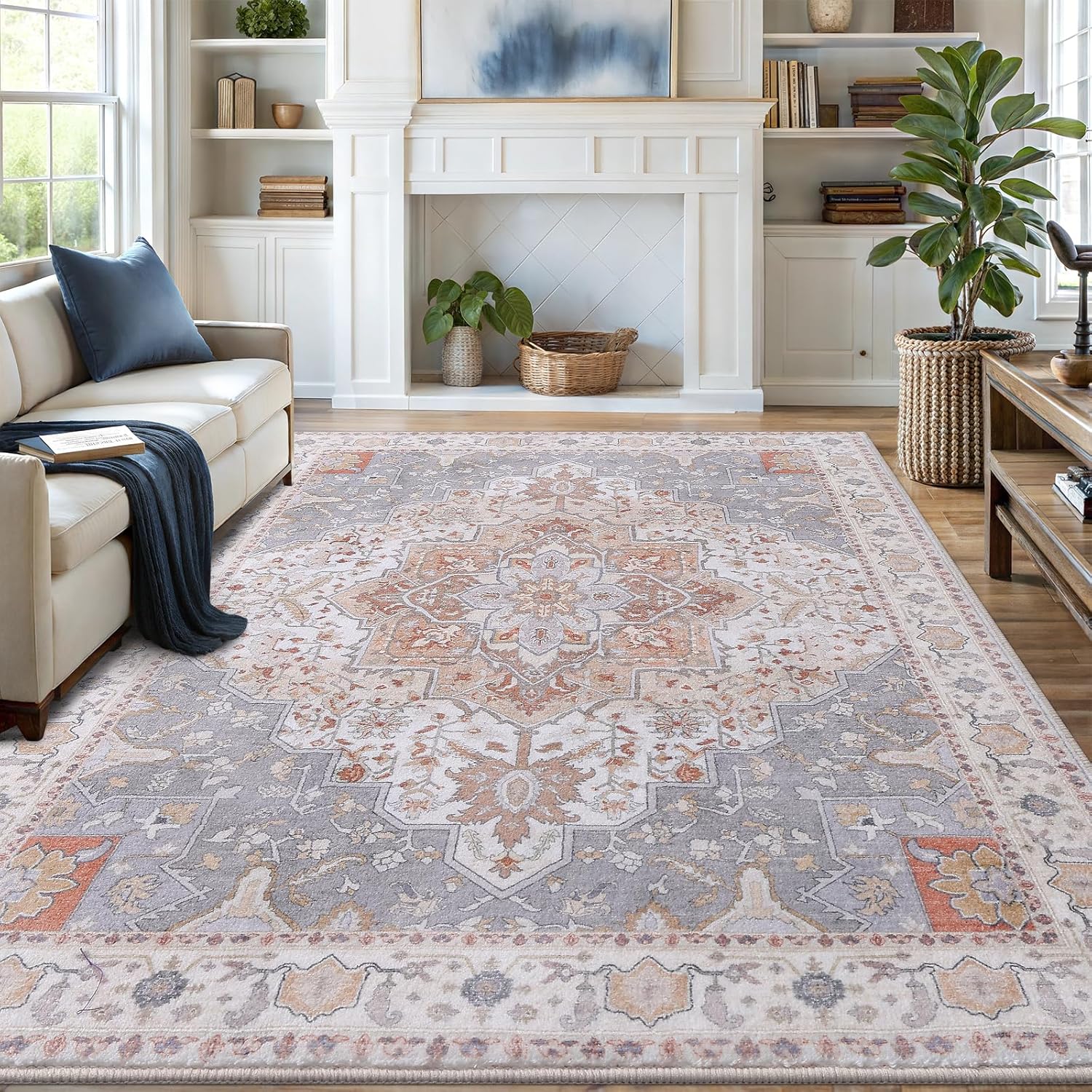Do you wake up with a stuffy nose or itchy eyes? Your plush carpet might be the culprit. Carpets trap dust, pet dander, and chemicals, silently degrading your home’s air quality—especially if you have allergies or asthma.
The right carpet maintenance can mitigate these risks. In this guide, we’ll cover how carpets impact air quality, proven cleaning strategies, and alternatives for healthier floors. For pet owners, a pet-safe mopping solution can complement carpet care.

Key Takeaways
- Carpets trap 4x more allergens than hard floors, including dust mites and mold spores.
- VOCs from adhesives and synthetic fibers can off-gas for months.
- Regular vacuuming with HEPA filters reduces airborne particles by 50%.
- Low-pile or natural fiber rugs (like wool) are healthier alternatives.

How Carpets Degrade Indoor Air Quality
Carpets act as a passive air filter, capturing pollutants but releasing them back into the air when disturbed. A study by the EPA found that carpets can harbor pesticides, lead, and allergens even in well-maintained homes. Unlike hard floors, their dense fibers prevent thorough cleaning—up to 40% of debris remains after vacuuming.
Primary Pollutants in Carpets
| Pollutant | Source | Health Impact |
|---|---|---|
| Dust Mites | Dead skin cells | Asthma attacks, rhinitis |
| Mold Spores | Moisture buildup | Respiratory infections |
| VOCs | Adhesives, synthetic fibers | Headaches, liver damage |
| Pet Dander | Animal fur | Allergic reactions |
Mitigation Strategies
1. Deep Cleaning Protocols
Steam cleaning every 6 months reduces allergens by 80%. Pair this with a non-toxic steam mop solution for adjacent hard floors. For daily upkeep, use a vacuum with a HEPA 13 filter—standard models recirculate 30% of particles.
2. Material Matters
Wool carpets emit fewer VOCs than nylon or polyester. The Carpet and Rug Institute’s Green Label Plus certification identifies low-emission options. For homes with allergies, consider switching to hardwood with washable rugs.
FAQ Section
Do carpets worsen asthma?
Yes. The American Lung Association warns that carpets trap triggers like dust mites and pet dander, exacerbating symptoms.
How often should carpets be replaced?
Every 5–10 years, depending on wear. Older carpets release more microfibers and embedded pollutants.
Are area rugs safer than wall-to-wall carpeting?
Yes. Smaller rugs are easier to clean and expose less surface area to pollutants.
Final Thoughts
While carpets add comfort, they demand rigorous maintenance to protect air quality. Combine professional cleaning, HEPA vacuums, and natural fibers for a healthier home. For hard floors, explore non-toxic mopping solutions to maintain a pollutant-free environment.

